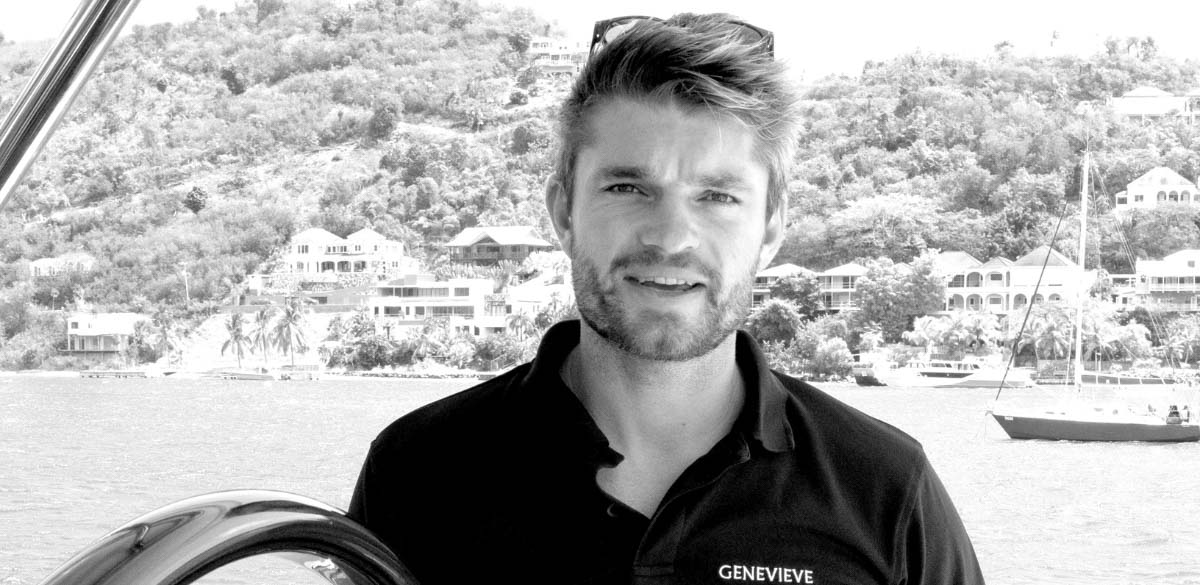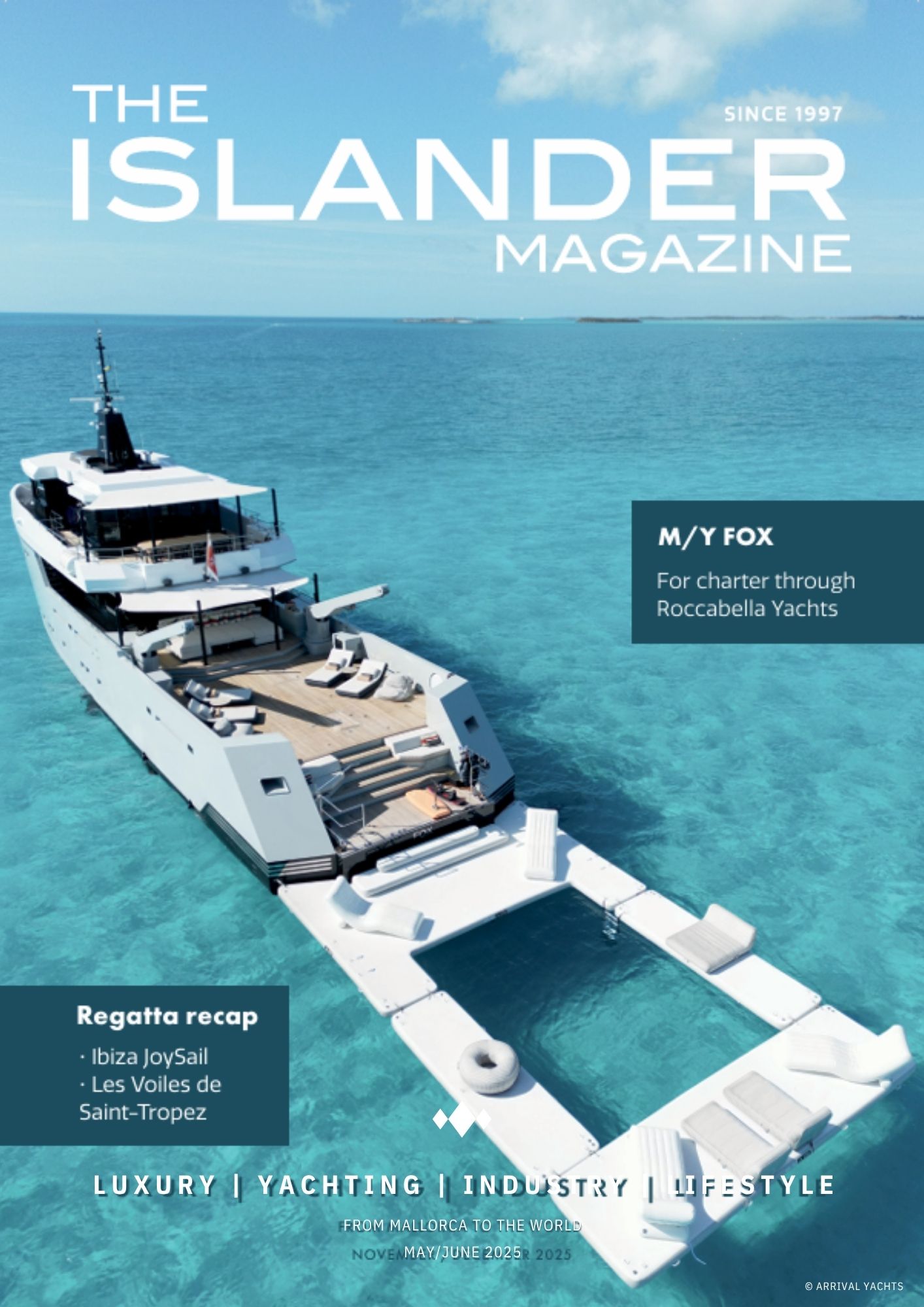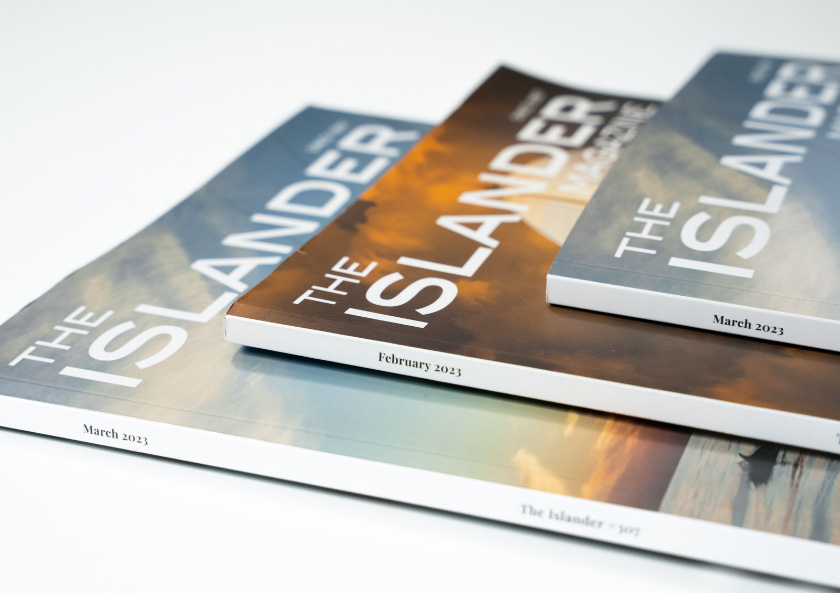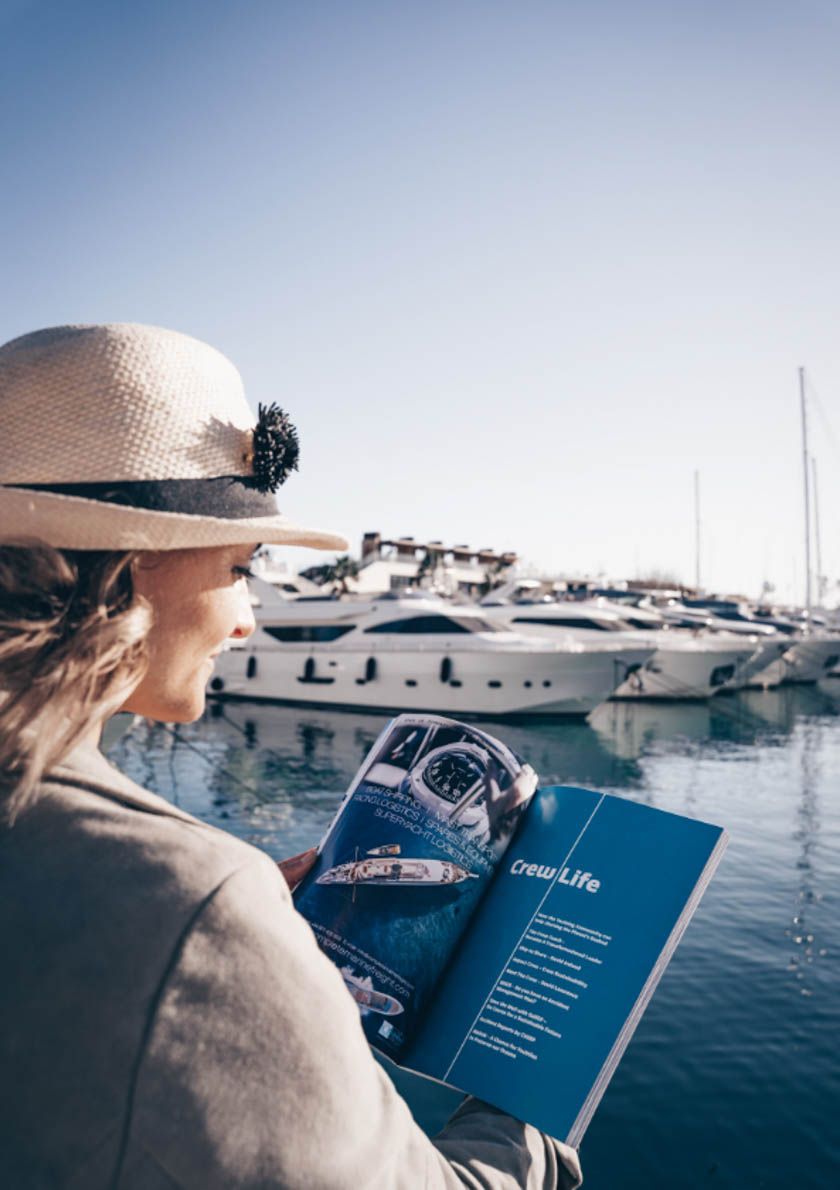Sadly, in certain parts of the Mediterranean, watch keepers are already aware of the high possibility of coming across refugees at sea. However, this very open and honest account of Captain Thomas Auckland takes place in the Caribbean’s Leeward Islands. It goes to show that crew at sea should always expect the unexpected. S/Y Genevieve was involved in an operation which involved rescuing 16 people from a capsized fishing skiff off the coast of St Kitts & Nevis.
At 23.30 on 27th March 2023, while motor-sailing from Antigua to Saint Maarten and approximately 16nm NE of Conaree, St Kitts, the lookout heard a faint noise that sounded like a woman’s scream. We immediately throttled back and then both heard a clear audible scream.
She at once mustered the crew, who donned lifejackets with PLBs and radios as I furled the headsail, activated a DSC and called a Mayday. (In retrospect, this should have been a Mayday Relay).
We then positioned four crew around the vessel with torches or searchlights to try and locate the woman, or women. The First Mate was in charge of all radio comms and alarms from this muster until we found the capsized vessel.
“….discovered a man clinging onto part of a damaged life jacket.”
Six minutes later we spotted some retro-reflective tape and discovered a man clinging onto part of a damaged life jacket. We used a small circular fender, attaching an additional buoyancy aid for grip, fastened to a rescue line to throw downwind at mid-ships. We were able to pull him to the stern where two crew members hauled him aboard from the folding swim platform. He was retrieved at 23:39. While we had not compromised our safety, we had taken a considerable amount of water into the lazarette, and it was clear that this was not an ideal way to retrieve someone from the water in these sea conditions (roughly two metres & 20kts). By the time he reached the cockpit, he was unconscious. We continued our search, knowing there was at least one more person -a woman- still in the water, but unable to ascertain if there were further persons at risk.
At 23:57 we spotted a woman clinging to a white plastic barrel, approximately 400m downwind of the first casualty. She was recovered in the same fashion, although it was much harder to get her out of the water – it took three of us to haul her aboard, and had she slipped under the swim platform, I have no doubt she would have been knocked unconscious. Once in the cockpit, she informed us that she had been travelling on a small boat that had left Antigua bound for St Thomas (USVI), with approximately 32 people on board. The vessel had broken down, taken on water and capsized.
I discharged two red parachute flares at this point. With no knowledge of whether the vessel was still afloat, we decided to continue slowly downwind towards the brightest looms of St Kitts which would be visible from the water, assuming that if afloat, it would have more windage than the casualties in the water.
“….noticed a light coming in and out of sight….the light of a mobile phone being waved around.”
At around 00:28, the crew started spotting plastic drums floating in the water, and shortly afterwards they noticed a light coming in and out of sight, which later proved to be the light of a mobile phone being waved around. On approach, we discovered the upturned fishing skiff, “La Belle Michelle” with 15 persons straddled on the hull, approximately 1.1nm from the first casualty.
All the crew assembled on the aft deck, and together we quickly constructed a plan of how best to remove the individuals from the capsized vessel. This was a solid-hulled boat with two upturned outboards, so bringing it alongside in the given prevailing sea condition was never a viable option. We, therefore, used the floating line and fender attached to a long Dyneema tail, which was floated downwind to them. Then the line was tied around the leg of one of the outboards by one of the casualties, under instruction from our crew. We brought this to our STB stern and onto a primary winch for control. This line was at once under several tonnes of load, so once it was affixed, we were very reluctant to move it. We then used a rescue sling with a thick Dyneema tail for grip and an additional safety line attached. This rescue sling proved invaluable.
“….we were rolling too violently for this to be safe or effective.”
Our plan was for the casualties to run themselves along the rope one by one, and once they reached the starboard quarter of the vessel, to transfer to the rescue sling, with which we would pull them to the midships and haul them clear of the water, (we have a midships freeboard of just over two metres and discussed using a halyard at this stage, but we were rolling too violently for this to be safe or effective). At this point all the crew members were assigned new roles:
Captain: throwing the rescue sling, communicating with casualties, removal from water at midships.
Engineer: hauling casualties up side deck, communicating with casualties, removal from water at midships.
First Mate: ensuring rescue line and safety were free to run, resetting the sling, removal from water at midships.
Chef: ensuring rescue lines and safety were free to run, removing casualties from the water, then clearing the side deck.
Stewardess: triage, assessing injuries, getting casualties into the cockpit, water, bedding, etc.
Deck/Stewardess: illumination, using the large spotlight to light the vessel and then the casualties as they came across.
“….wearing all the clothes they owned, often three pairs of jeans, and over six upper layers each….”
The casualties were at first clearly reluctant to entrust themselves to the rope. Only two of the people were wearing life jackets (who turned out to be the drivers) and most of them were unable to swim. We later discovered that they were wearing all the clothes they owned, often three pairs of jeans, and over six upper layers each, which obviously made swimming very challenging. (Even though this made the casualties very heavy, it actually ended up proving helpful, as it gave us something to hold onto as we pulled them aboard).
After three or four persons had been successfully retrieved, they needed much less encouragement to come across, and the process worked very well providing they left the vessel one at a time, as holding the “tow line” under load was clearly very challenging. The teamwork displayed by the crew here was astounding! Without them creating such an effective process of recovery, there is no way we would have got those 14 people off that hull.
“.…the last casualty fell from the hull and was unable to make it along the line.”
It became apparent towards the end that the casualties were becoming less and less physically able, and unfortunately, the last casualty fell from the hull and was unable to make it along the line. We remained attached to the hull searching for the last individual until 01:57. Thereafter, I decided that marking the upturned hull with lights strapped to a lifejacket and cutting it loose was the best option, as I felt the situation was becoming hazardous. In hindsight, this was perhaps my biggest regret, as we had spare PLBs on board and should have affixed one, as this would have served as a helpful search marker for MV Britannia, who had just taken up the role of on-scene MRCC.
Events now entered a new phase. I was clearly aware that we had 16 migrants on board, 13 of whom were male, of which we knew nothing other than the fact that they were willing to risk their lives being smuggled across to St Thomas. So we locked down the exterior of the boat and placed the female members of crew up forward, with everyone in direct radio contact. All casualties had been given water, sugary drinks, food and blankets, and were grouped together in the cockpit. The male crew members remained at the helm station, while I ran back and forth on the VOIP line with MRCC Fort du France, who requested that we remain at the scene until air support arrived. As there was evidently a security risk on board, at 03:42 we were given permission to depart the scene and headed directly to Basseterre in St Kitts, which was approximately 34nm away.
Once the day dawned and we were under coastguard escort, it became quite clear that these terrified Cameroonian nationals were extremely grateful to us and posed no risk to us at all. The female crew came and administered basic first aid; fed, watered and tried to dry out as much of their clothing as possible before we arrived in Basseterre. On arrival, the migrants were transferred via coastguard boat to their base, where I went ashore and made statements to the various authorities.
I think what I took away most from this is just how well the crew performed under immense pressure; they were all making very sensible and rational decisions in a situation in which they have had very little training. We, of course, were incredibly lucky to hear a scream in the dark over the wind, and also unbelievably lucky that we were able to save so many people.
“….knowing that there were 32 people on board, and only 16 survived is perhaps the hardest part….”
We have sat together with an industry professional and dissected the night’s events in great detail, and we are also discussing it very openly among ourselves. All of the crew, myself included, are still in the stage of processing everything that occurred. It is affecting everybody in a slightly different way, but knowing that there were 32 people on board, and only 16 survived is perhaps the hardest part for all of us to comprehend.
I sincerely hope that none of you ever have to encounter such an event during your time at sea, but if you do, I hope this account may be of some use. In conclusion, never underestimate the importance of good watch-keeping, and rest assured that the teamwork and professionalism exhibited by your crew will leave you feeling very, very proud.
I would like to thank, MRCC Fort du France, MV Britannia, Marine Assist Osprey, SY Midnight, St Kitts Coastguard and the numerous other vessels, that came together so selflessly, “it is an honour to sail the waters with you”.


























0 Comments